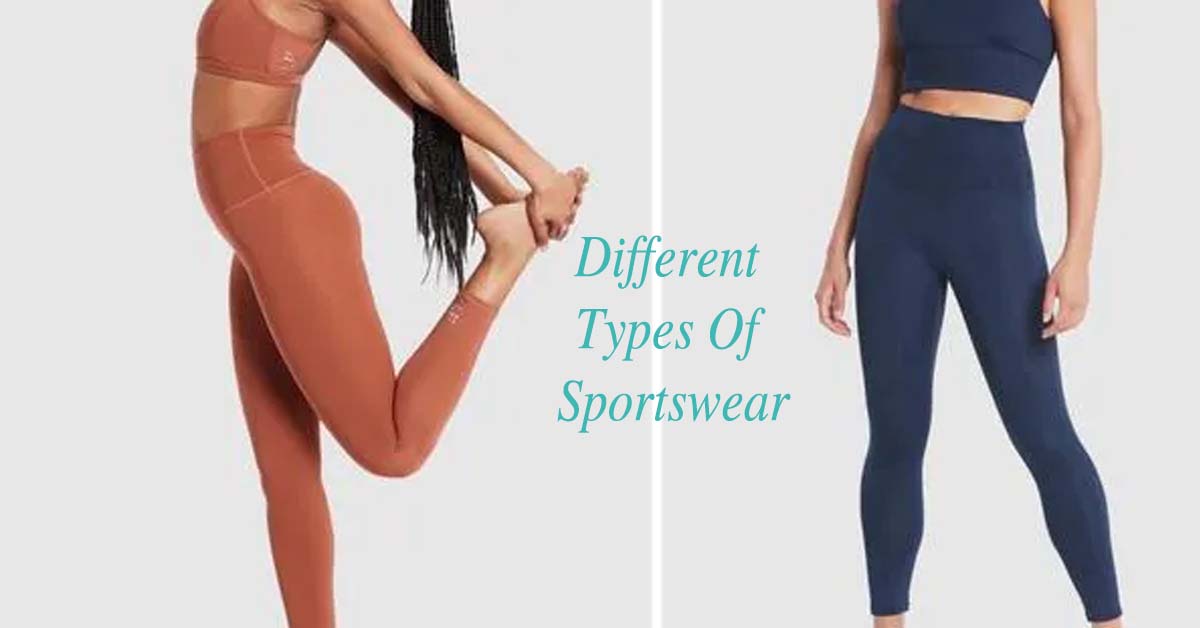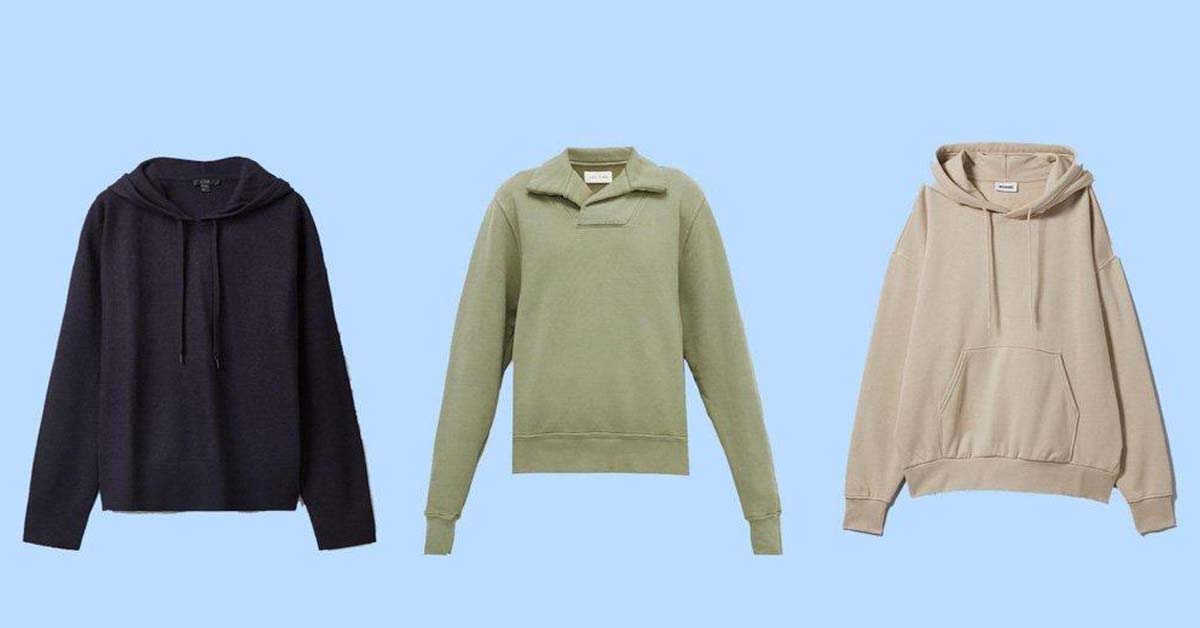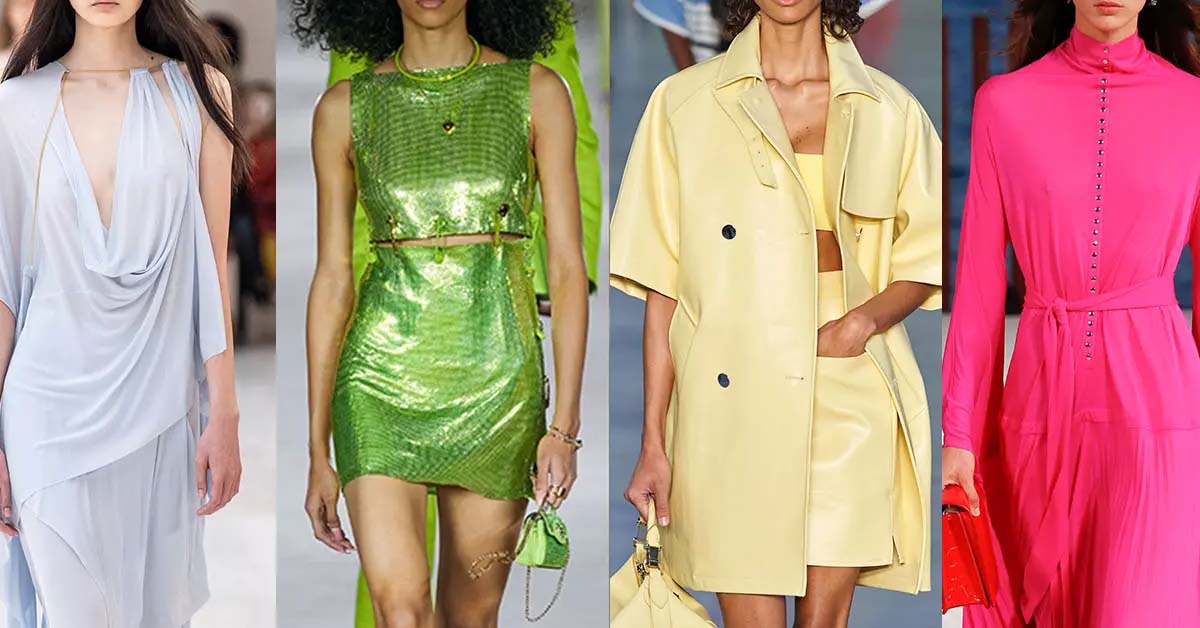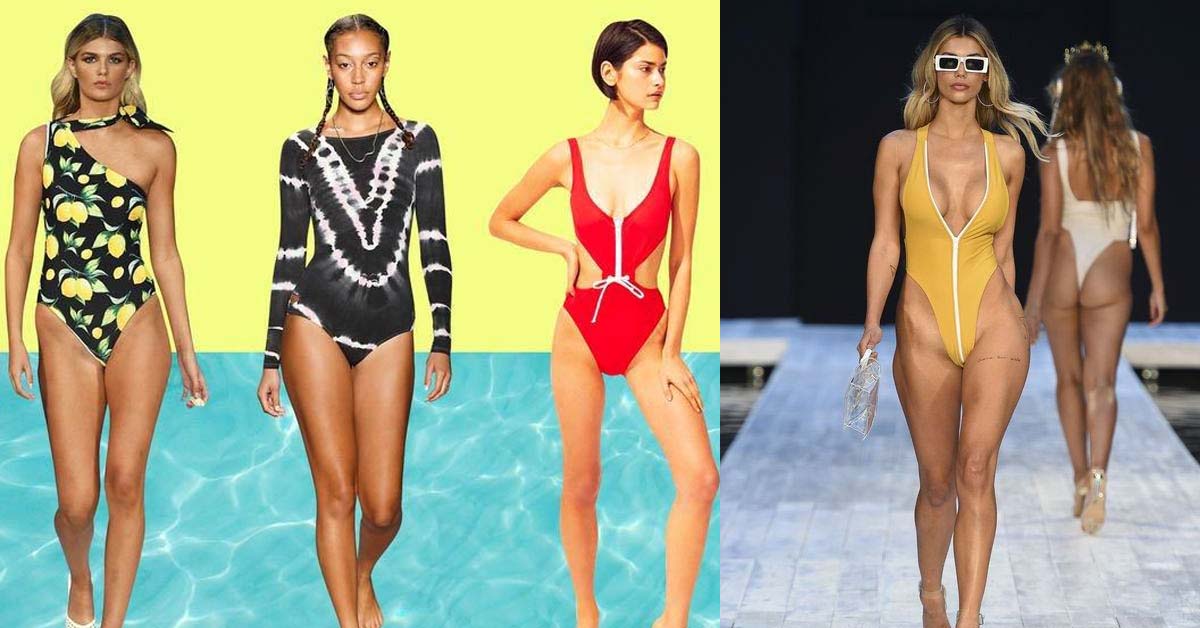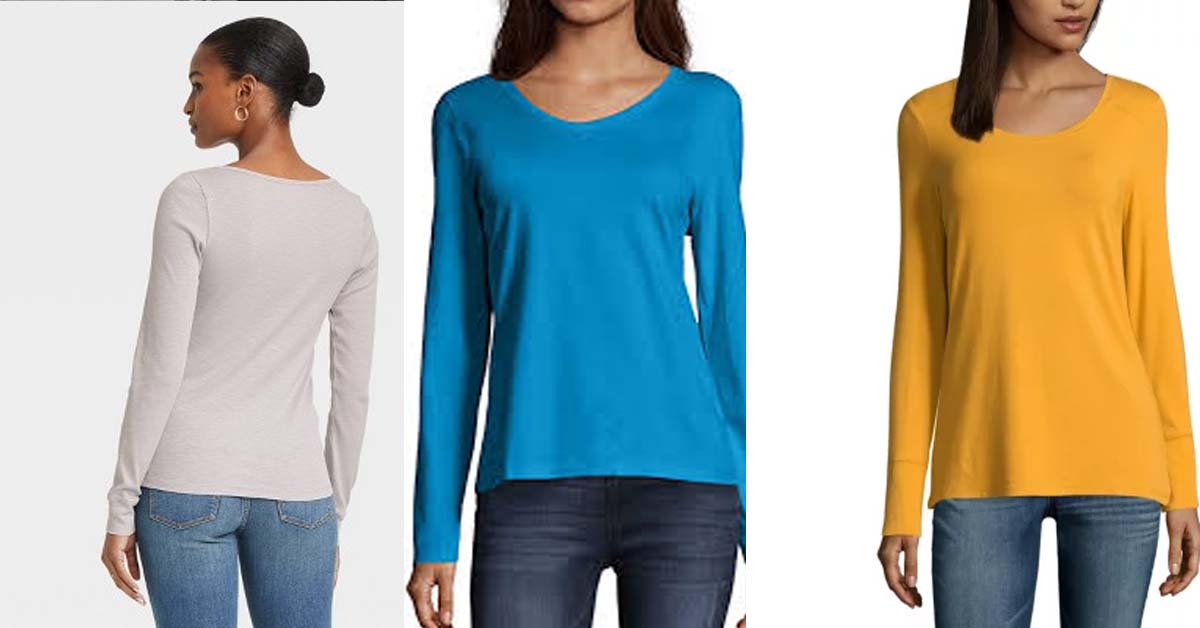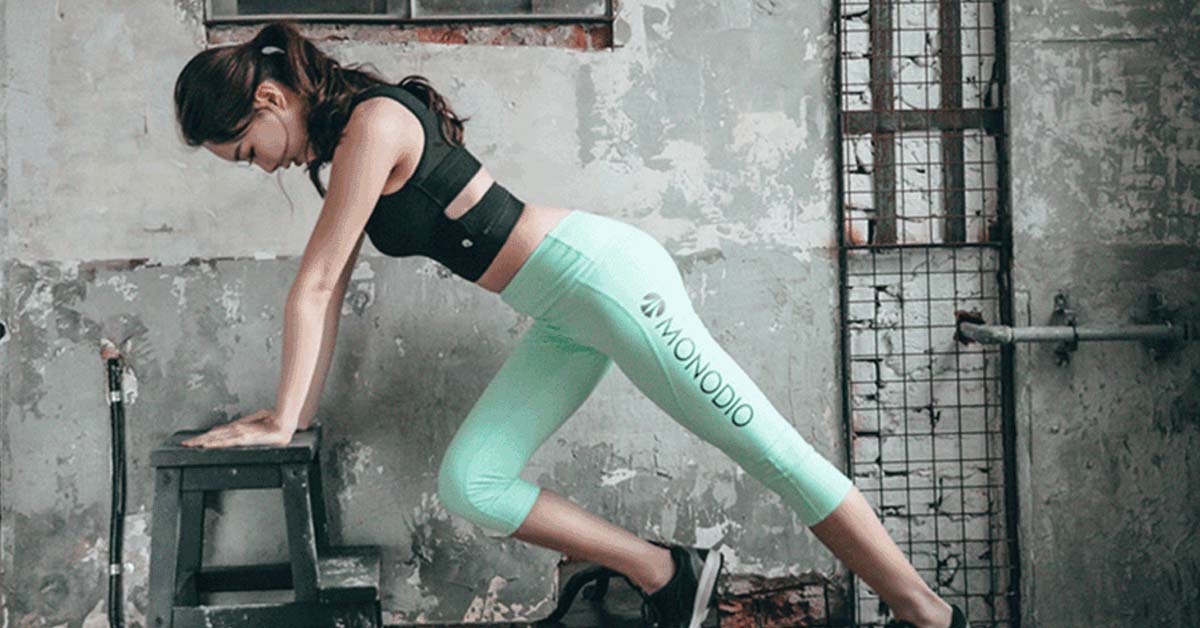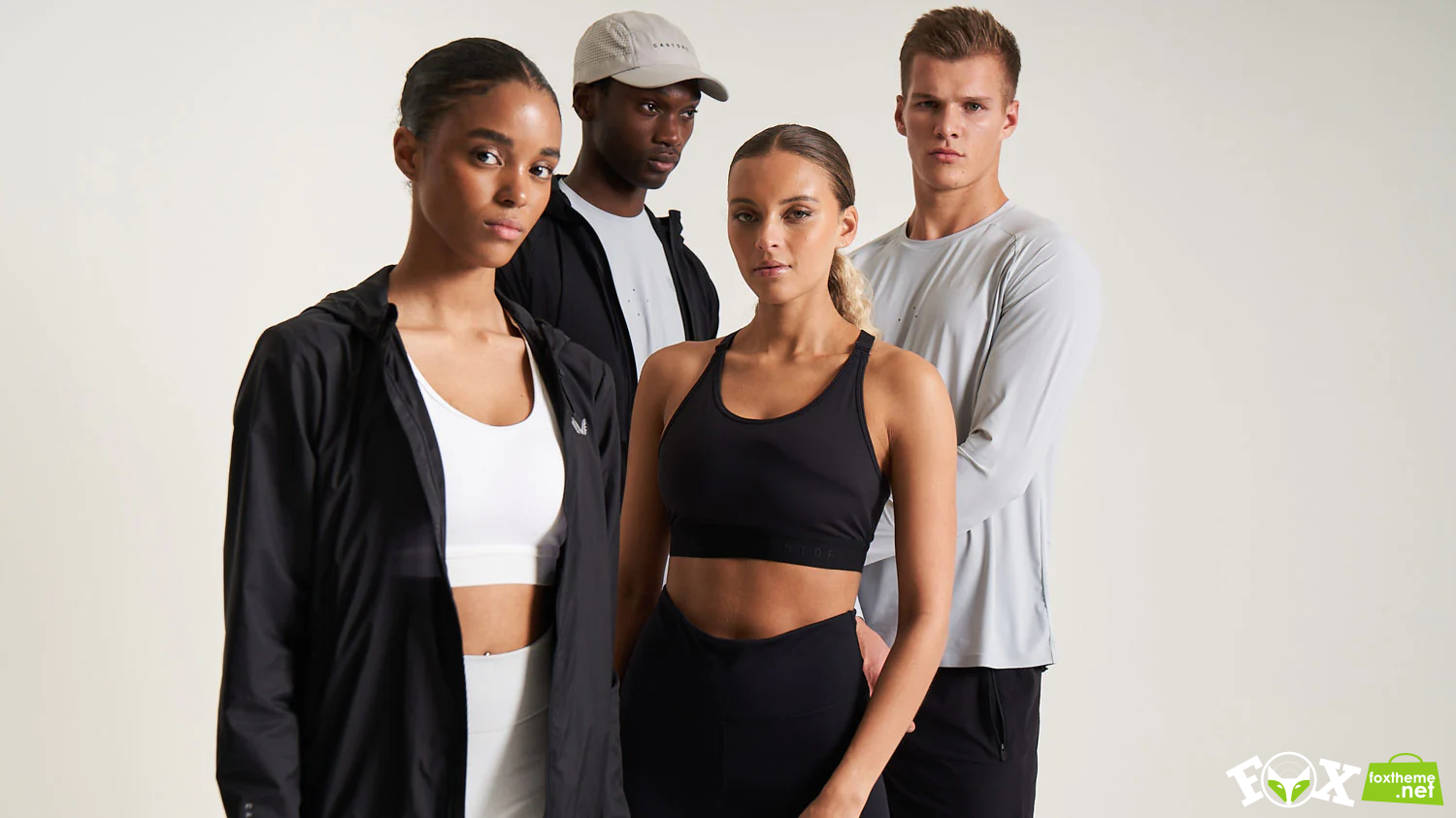
How To Choose The Best Leggings Manufacturer?
Are you looking for the best leggings manufacturer for your yoga or running leggings business? Read on and learn more about the latest trend, material specifications, and product customization.
In addition, we explain what you need to know about current textile regulations, including substance restrictions, technical standards, and labeling requirements.
Retro leggings

Much to the surprise of stylish women, the 80s neon leggings are successfully taking center stage when it comes to the 2021 fashion trend. These neon leggings notably came out of aerobics classes and are already the subject of unanimity in fashion shows.
Internet users are immediately taken by storm with this type which is particularly successful. Ultra-colorful leggings with an integrated belt, nothing more beautiful to dress the beautiful legs of all girls with a stylish look. In fitness class or casual style, these 80s leggings are always worn perfectly.
Colorful printed leggings
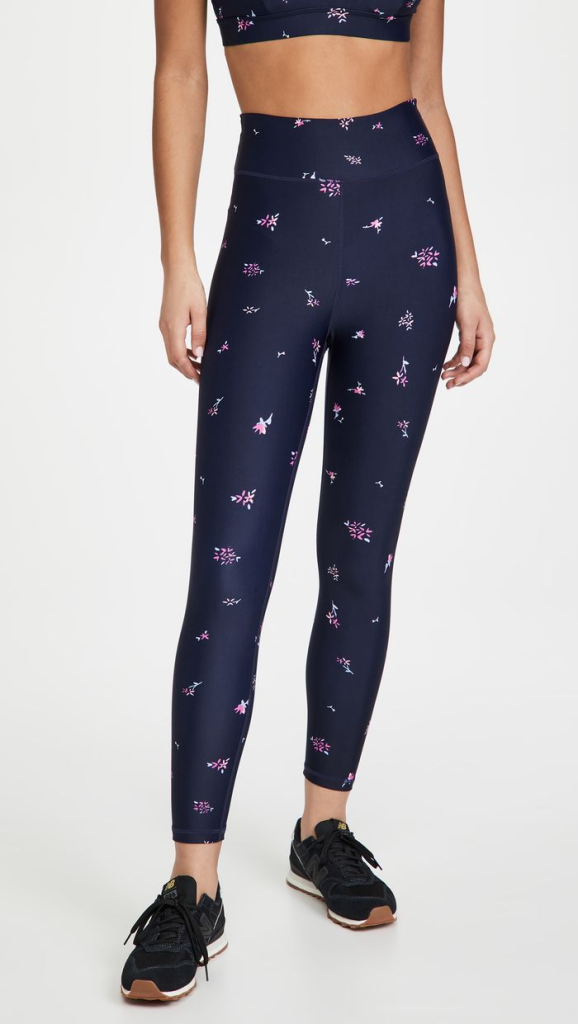
Fancy leggings can be a great alternative to the many different types of basic leggings. There are many original leopard, snake check prints, floral prints, and even sequins available nowadays that are ideal for a casual or classy party. You can try to combine the colors well for overall harmony. For a more casual look, wear a t-shirt or tie a blouse around your waist and wear it with sneakers or sandals.
Classic black leggings
Last but not least, you never go wrong when talking about these legendary leggings! These black leggings are described as the ‘best of the best: they are great for exercising (not just the gym, but also sports like hiking, biking, yoga or rock climbing) and just as fantastic for work and everyday life such as going shopping, romantic dates, night owl outfits.
Available in a wide choice of fabrics, the black leggings are also offered in the low waist or high waist as well as in several lengths to perfectly match any outfit. These leggings are the holy grail of every fashionista and it is a dream come true for all women!
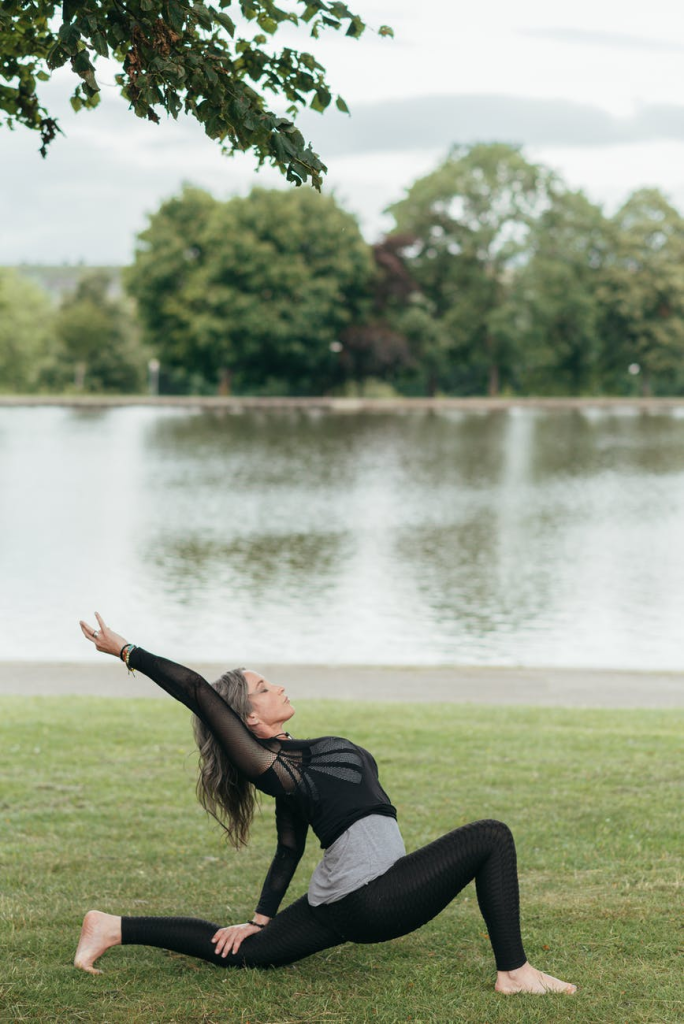
Criteria to finding the best leggings manufacturer
Solid experience and good reputation
It is important when choosing the best leggings manufacturer based on the experience and good reputation of these suppliers. Some selection criteria are below:
- The expertise of your manufacturer
- Supplier’s main export markets
- The compliance of clothing with the safety standards of your market
- Controlled chemicals for your items
- Quality standards
- The quality management system applied by your manufacturer
- The registered capital of your supplier
- The price offered for your order
- Additional services offered by your supplier
- Logistics options offered by your supplier
Label requirements
Clothing and textile regulations are not limited to materials, they also include product labeling and packaging. Importers are responsible for ensuring that all local labeling requirements are met. It should also be transparent to provide you with information on the textile fiber content and care instructions.
The scope of regulations varies by country and market, but tends to include the following:
- Textile specification (80% Nylon / 20% Spandex)
- Washing symbols (ASTM and/or washing instructions
- Country of origin (made in Vietnam/Bangladesh /China)
Never assume that your leggings supplier knows how clothing should be labeled in your market. Asian contract manufacturers are used to manufacturing goods entirely to buyer’s specifications, including labeling.
To avoid compliance issues just in case, you purchase ODM products, provide your suppliers with “ready-to-use” .ai or .eps label files, and they should be specified in the Techpack design drawings.
Quality fabrics and materials
The leggings buyer can usually rely on the materials and components supplied by the subcontractors of the leggings manufacturers. However, the quality of the materials offered is different, as clothing manufacturers not only specialize in certain areas but also in certain price segments. While a supplier can be “reliable”, that doesn’t mean they focus on high-end sportswear, or casual and fashion wear.
Quality can only be defined in technical terms. Therefore, the first step in the process is to write a material specification. This must be included when purchasing leggings, for example:
- Fabric materials (95% polyester 5% spandex,…)
- Fabric weight (180 gsm)
- Stretchy (4-Way Stretch)
- Other materials (bamboo, cotton, lining, and mesh,..)
- Printing or customize
- Eco-friendly clothing
- Other fabric specifications (Quick dry, breathable, antibacterial, Anti-odor, UV protected).
Importers are well-advised to start with a relatively flexible material specification, as the manufacturer must be able to match the corresponding fabrics. You can purchase OEM fabrics, but should be avoided unless you have very specific material requirements.
Product design, customization and tech packs
A material specification is supplemented by a design drawing, both of which must be included in the buyer’s “tech pack”. However, nowadays, many companies in the clothing industry purchase Original design manufacturer products (ODM) rather than Original Equipment Manufacturer custom clothing (OEM).
As the process of purchasing and product development applied is very different between ODM and OEM, we compare the key points in the table below:
| Leggings Manufacturer ODM | Leggings Manufacturer OEM | |
| Reference sample | Provided by the supplier | Provided by the buyer |
| Sample photo | Provided by the supplier | Provided by the buyer |
| Material specifications | “Indicative specifications” provided by the purchaser.The supplier provides counter-samples of fabrics that correspond (to varying degrees) to the buyer’s “indicative specifications” | “Indicative specifications” provided by the purchaser.The supplier provides counter-samples of fabrics that correspond (to varying degrees) to the buyer’s “indicative specifications”.Alternative B: Supplier purchases OEM fabrics made entirely to buyer’s specifications |
| Design drawings | Provided by the supplier | Provided by the buyer |
| Measurement | Size chart provided by the supplier | Size chart provided by buyer |
| Color palette | Selected from supplier color charts or standard fabric colors | Option A: Selection from supplier color charts or standard fabric colorOption B: Selected from Pantone color palette |
| Logos and embroidery | Necessary files provided by the buyer | Necessary files provided by the buyer |
| Label | Necessary files provided by the buyer | Necessary files provided by the buyer |
Leggings regulations and standard
Sports/fitness leggings and casual legging in some countries and markets subject to substance regulations. To our knowledge, these regulations apply to most consumer products, including textiles. Buyers in the United States and the European Union should be aware of the following:
Oeko-tex standard 100
OEKO-TEX® is the first label guaranteeing the ecological qualities of textiles. It is an international system of control of harmful substances in textiles. This certificate is issued for a maximum period of one year. It is renewable after having reviewed the technical expertise and tests.
It is an internationally standardized testing and certification system. It applies to all raw, semi-finished, and finished textile products at all stages of processing as well as to all materials and accessories. All certified textiles and dyes are therefore non-toxic.
CA Prop 65
California Proposition 65 restricts more than 800 substances in consumer products, including athletic and other clothing. Compliance is required for all businesses with more than 10 employees that sell or buy in California.
REACH
REACH (Registration, Evaluation, Authorisation, and Restriction of Chemicals) restricts the use of chemicals and heavy metals in all products, including sportswear and other textile articles. The law does not require third-party compliance testing, but non-compliance results in fines and a forced recall.
FHSA
The Federal Hazardous Substances Act (FHSA) requirement limits various substances, some of which are found in textiles, for example, formaldehyde, vinyl chloride, asbestos, chlorofluorocarbons,…
ISO 9001:2015
ISO 9001 is a standard that establishes the requirements for a quality management system. It assists in the efficiency of organizations and the enhancement of customer happiness. Many companies see it as the minimum requirement for choosing any company to become their suppliers.
This is the reason why the ISO 9001 standard has become a necessity for many clothing companies who want to be competitive in the market. The ISO 9001: 2015 standard marks an evolution of the standard and replaces the old version which dates from 2008.
To ensure compliance, leggings importers must apply a comprehensive testing strategy. Normally, the first step in this process is to limit the selection of clothing suppliers to those who can produce compliant test reports.
In addition, leggings buyers should also consider a range of other optional performance testing procedures, including:
- Flammability & Thermal
- Soft & comfortable
- Fiber analysis
- Resistance to abrasion and pilling of fabrics
- Feather and down test
- Tear resistance of fabrics
- Colorfastness (UV light, rubbing)
- Antibacterial and odor
- Fast drying


